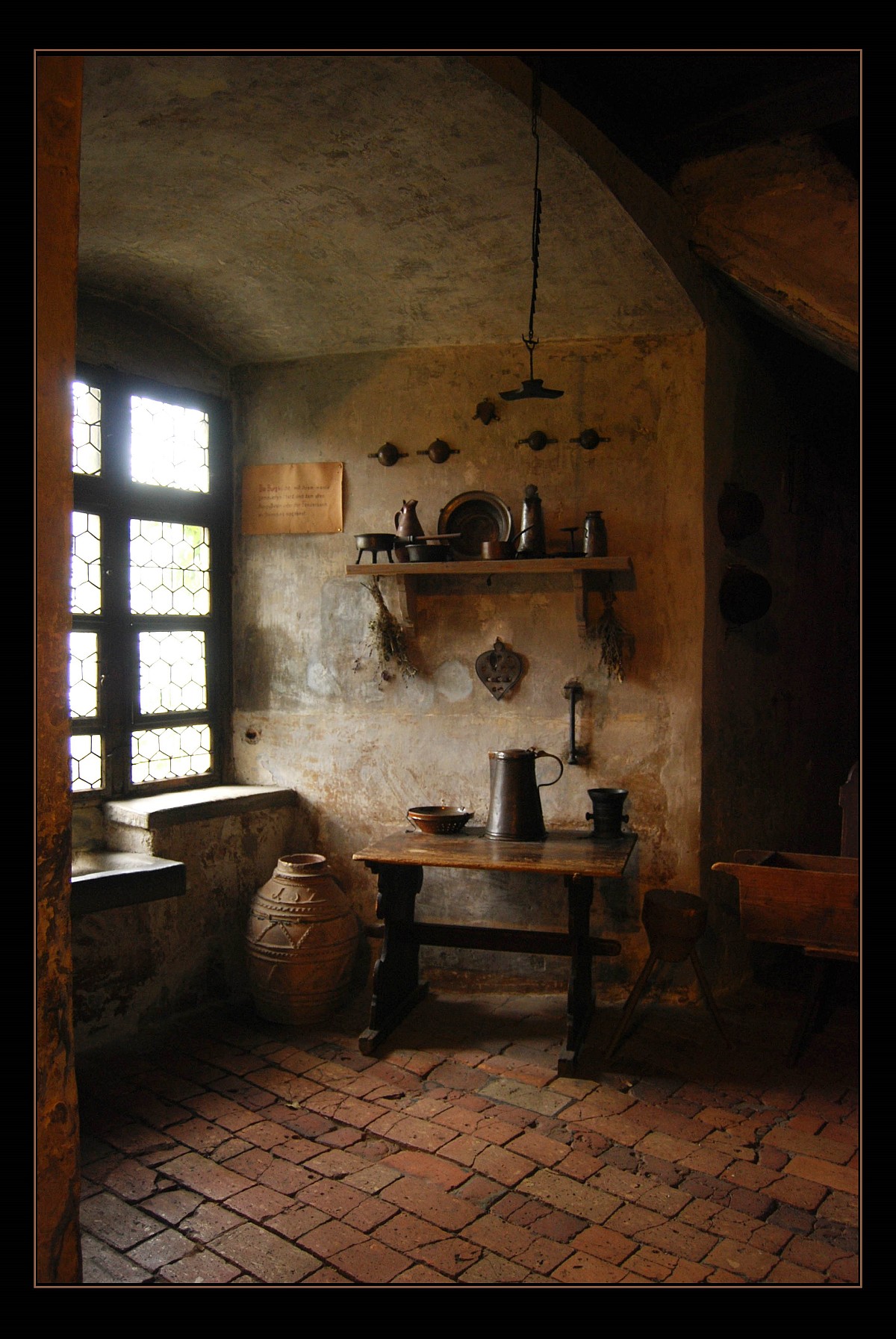10 Questions and Answers about Terracotta
Terracotta is gorgeous, earthy, and green. A richly colored ceramic, it is used for many diverse purposes in house and home, including plumbing pipes; bricks and pavers; floor, roofing, and counter tiles; dishes; sculptures; planters; and vases. Learn more about this amazing building and decorative material through our answers to 10 frequently asked questions.
1. What does the word "terracotta" mean?
Terracotta is Italian for "cooked earth."
2. What's the difference between terracotta and ceramic?
The term ceramic refers to a general grouping of inorganic, non-metallic solids that have been shaped (usually by hand rather than on a potter's wheel), heated by firing in a kiln, and then cooled. Terracotta is a type of ceramic, which is made from a particular kind of reddish clay that has gone through this heating and cooling process.
3. Where does terracotta get its color?
The clay it is made from contains iron, which gives terracotta its distinctive coloring. Terracotta can be various shades, ranging from the widely known reddish-brown through pinks, grays, and even yellows.
4. Is terracotta waterproof?
It's not naturally waterproof, but can be made so via an initial burnishing before it is heated, followed by a post-firing coat of glaze. Then you must seal it extremely well, so that even if you live in rainy Oregon, your Portland tile floor will not absorb water. Plumbing pipes for either fresh water or wastewater also need to be glazed.
5. Are there any terracotta items that are not glazed?
Yes, plant pots should be left unglazed, at least on the bottom, to allow for drainage.
6. What are the advantages of terracotta?
Besides its lovely color and the fact that it maintains its good looks over time, terracotta offers a host of advantages to the homeowner. Terracotta roofing and floor tiles are strong, durable, and fire-resistant (although not fireproof). Made from natural, non-toxic material, these materials do not off-gas hazardous chemicals. Rainwater may safely be collected from terracotta roofs. What's more, terracotta roofing tiles reduce noise pollution inside your home and are frost-resistant.
7. Does terracotta have any disadvantages?
Terracotta is quite porous and must be properly treated before being used around water, for example as a kitchen countertop material. Aside from that, its principle drawback is the fact that its quality can vary a great deal and is difficult for an inexperienced person to evaluate. For this reason, it is recommended to buy only from established, reputable dealers.
8. How do you clean terracotta?
Remove light soil with warm water and a soft brush. Take care not to scratch the surface. As well, avoid using soap, which tends to leave an unattractive residue. A non-ionic detergent may be added, if you wish. Steam cleaning is very effective for removing heavier soil.
9. How much does terracotta tile cost?
Depending on quality, new terracotta tile costs about 3 to 7 dollars per square foot. For rare antique tiles, the price can be much more. Because you will have to hire a professional to lay this type of tile, factor in labor when calculating the total cost.
10. Is it possible to recycle terracotta?
Definitely! Terracotta tiles in good shape are reusable; in fact, reclaimed antique tiles are often quite pricey. Broken pieces may be crushed and utilized as is to line garden paths. Alternatively, crumbled terracotta, called "grog," can be incorporated into new terracotta items.
Laura Firszt writes for networx.com.
Updated December 28, 2017.
Looking for a Pro? Call us (866) 441-6648

Tile Average Costs
Tile Contractors Experiences

Pest Control Got Rid Of Bedbugs From A "Bargain" Headboard

Incredible Hardwood Floor Restoration Helped Our House Sell Fast




